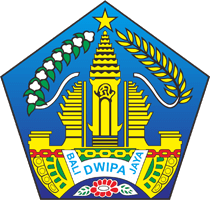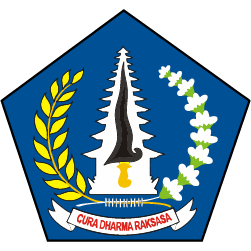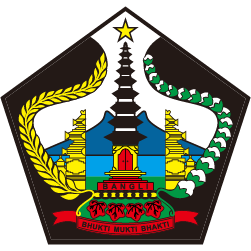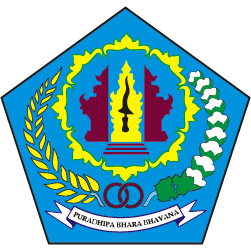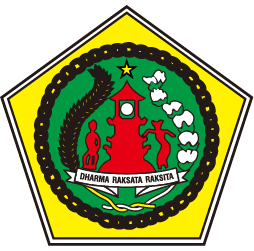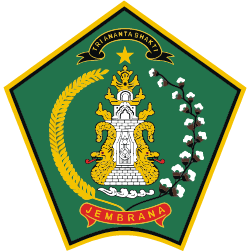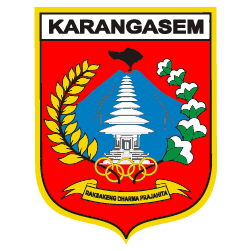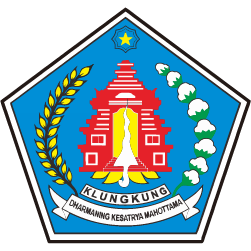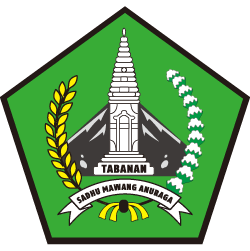Catur Wana, The Concept Of Sustainable Areas Based On The Traditional Village Rules In Bali
Catur Wana, The Concept Of Sustainable Areas Based On The Traditional Village Rules In Bali.
The Balinese have customary rules that serve as guidelines in daily life. The customary rules are binding for each indigenous community. This is called pekraman. One of the binding regulations is the matter of land management, especially customary land. With this bond, some areas in Bali remain beautiful and sustainable.
Regarding the distribution of forest areas, productive land, and residential areas, all are regulated by the Chess Wana concept. The Chess Wana concept has 4 zones that have been legally recognized. That means the concept of the life of the local community has proven to be lived well until now.
Customary villages that manage customary areas include the Selat Village in Buleleng Regency, Tenganan Village in Karangasem Regency, and Jatiluwih Village in Tabanan Regency. In the three villages, the community applied zoning for their land according to the Catur Wana concept. In its division, Chess Wana is divided into Maha Wana, Tapa Wana, Sri Wana, and Jana Wana.
The most natural land is called Maha Wana. In this area, communities may not change the structure of the forest or utilize forest products. This area is not allowed to be changed, whatever the conditions. This means that the natural conditions are truly maintained so that no type of building is allowed. In Jatiluwih, Maha Wana is located on the slopes of the western, northern and southern slopes of Batukaru Mountain.
The second is the area of Tapa Wana which is the boundary between Maha Wana and Sri Wana. Tapa Wana area is a place of worship and there are temples in the area. In Jatiluwih, for example, there is the Tapa Wana area and there are also temple buildings including Jero Taksu Temple, Luhur Rambut Sedana Temple, Luhur Bhujangga Temple, Linggarsari Temple, and Resi Temple.
Furthermore, there is the Sri Wana area, an area that is used for farming. This land is in the form of gardens and rice fields. Even though it is used for farming, the Sri Wana area is maintained its naturalness. Well, if you see coffee plantations, tea and rice fields planted, that means it is called a productive area, Sri Wana.
Finally, Jana Wana is used for housing and other activities. There are residents' homes, public buildings, parks, and administrative locations of government.
For Balinese, social ties are tightly bound through traditional villages. Rules that cover various aspects of life are well-lived, including rules for managing village or customary forests. The customary forest is state forest managed by the village and utilized for the welfare of the village, such as for the utilization of the area, utilization of environmental services, and collection of non-timber forest products.
Customary rules have a major role in preserving nature, especially forests. Customary rules, called awig-awig, are customary laws that are compiled and must be obeyed by the customary village krama or pekraman in Bali to achieve Tri Sukerta. Tri Sukerta, among others, the harmony of human relations with God, human beings with humans, and human relations with the environment. All three of it are a form of the teachings of Tri Hita Karana.





